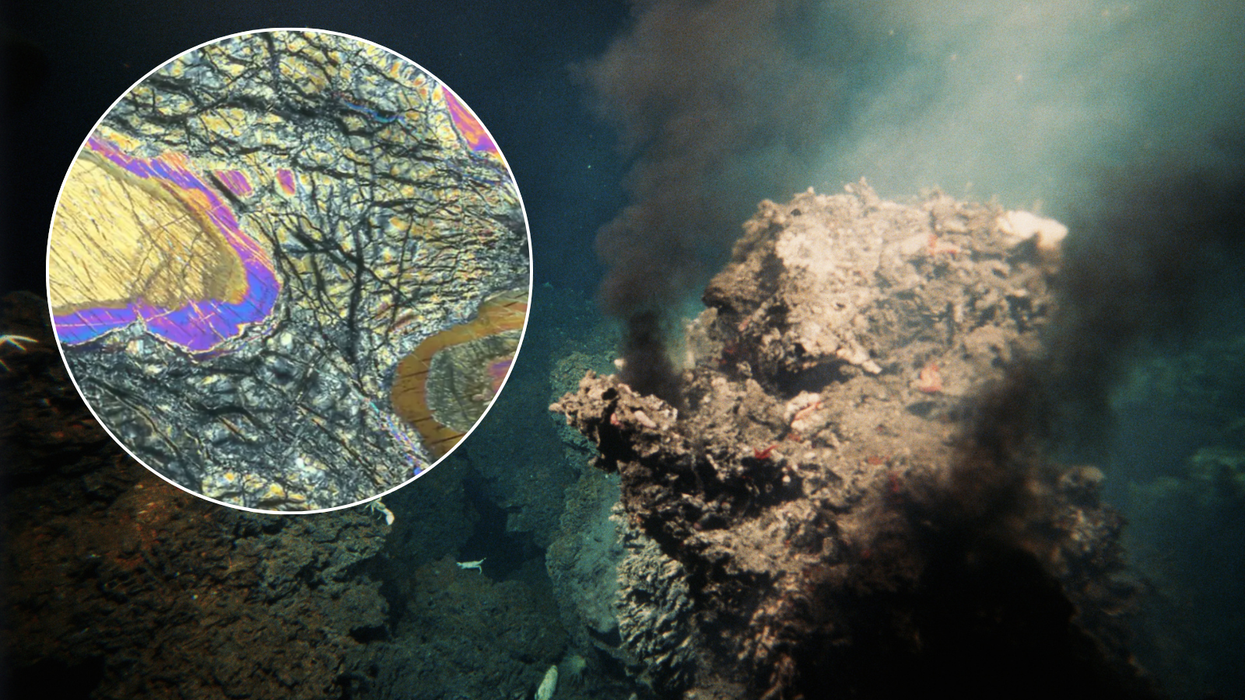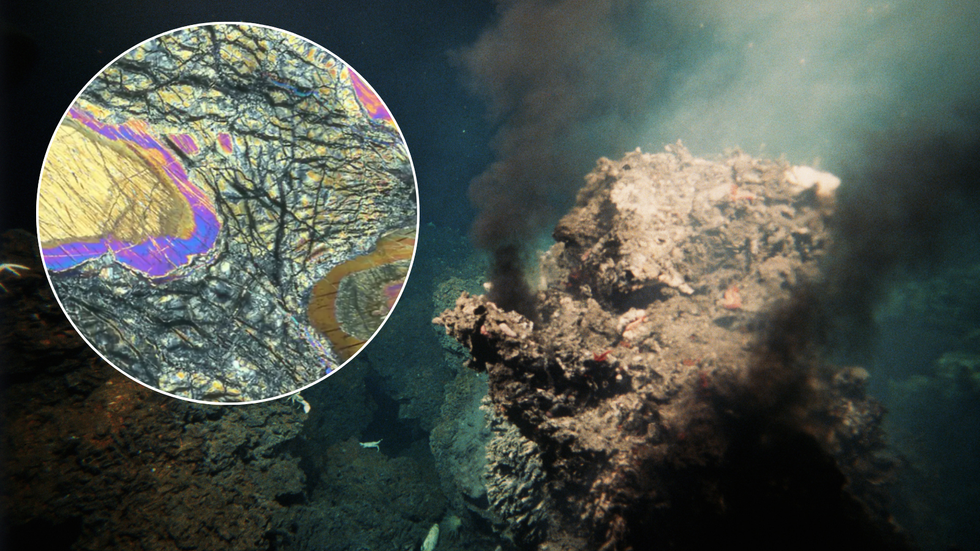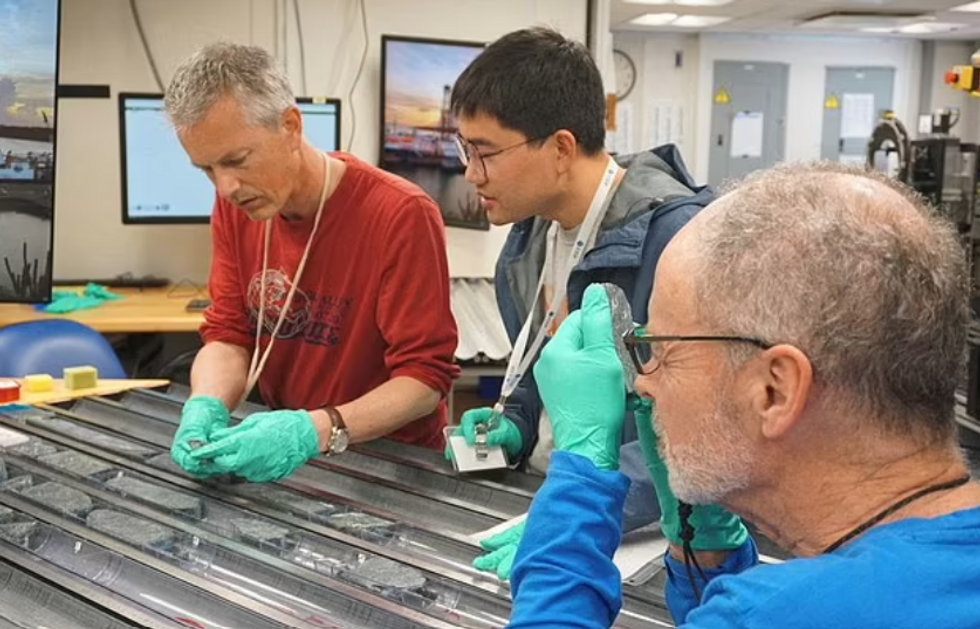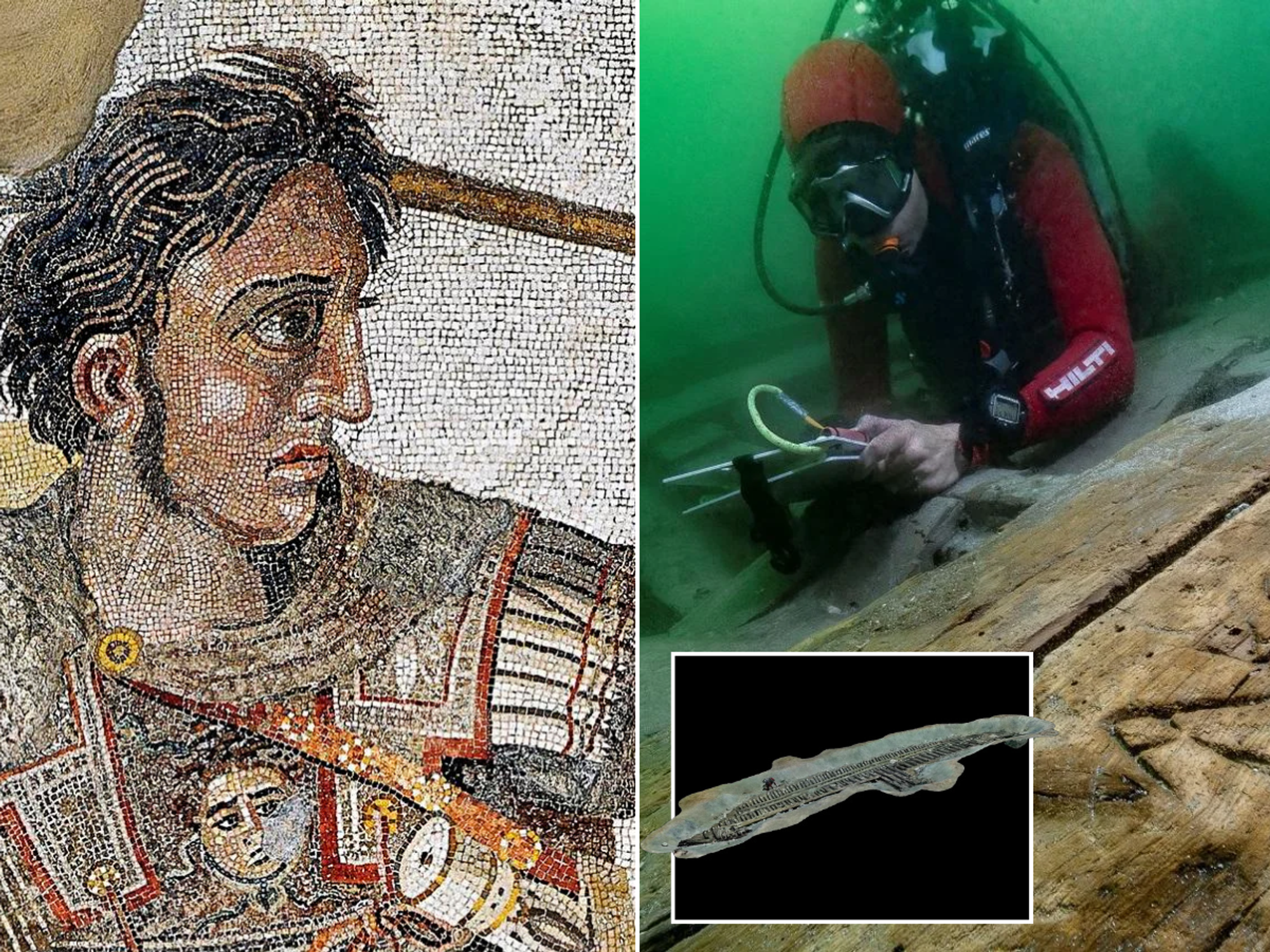'Lost city' hidden in the Atlantic helps researchers in solving mystery after major scientific breakthrough

Scientists are set to make a ground-breaking discovery after drilling into a 'Lost City'
|Johan Lissenberg/ University of Cardiff/Getty

The scientists’ research, which was published in the journal Science, could shed light on the origin of human life
Don't Miss
Most Read
Scientists are set to make a groundbreaking discovery after drilling into a “Lost City” hidden in the Atlantic, which could shed light on the origin of human life.
Researchers from the University of Cardiff and Leeds drilled over 4,000ft into the earth’s mantle - the layer of solid rock between the planet's inner core and outer crust - when they made the potentially revolutionary discovery.
The team of scientists unearthed a long section of rocks from a spot known at the “Lost City Hydrothermal Field”, which despite its name, does not relate to a sunken site of Atlantis. It is instead a series of alkaline hydrothermal vents in the middle of the Atlantic Ocean.
The area - around 1,500 miles east of South Florida - releases methane and hydrogen gases, which are fundamental to sustaining microbial life forms, into the ocean.
 Scientists are set to make a ground-breaking discovery after drilling into a 'Lost City' | Johan Lissenberg/ University of Cardiff/Getty
Scientists are set to make a ground-breaking discovery after drilling into a 'Lost City' | Johan Lissenberg/ University of Cardiff/GettyScientists started assessing the area after they noticed it produced vents of up to 18 stories tall - the tallest ever seen. The fluids are heated by seawater which reacts with the mantle rocks.
“The reaction between seawater and mantle rocks on or near the seafloor releases hydrogen, which in turn forms compounds such as methane, which underpin microbial life,” said study lead author Johan Lissenberg, a geologist at Cardiff University.
“Our recovery of mantle rocks enables us to study these reactions in great detail and across a range of temperatures, and link it to the observations our microbiologists make on the abundance and types of microbes present in the rocks, and the depth to which microbes occur beneath the ocean floor.”
The scientists’ research, which was published in the journal Science, could be the start of a breakthrough which will help answer questions about the origins of life.
LATEST DEVELOPMENTS:
“One suggestion for the origin of life on Earth is that it could have happened in an environment similar to Lost City,” said Andrew McCaig, a geologist and study co-author from the University of Leeds.
Using equipment aboard the research vessel JODIES Resolution drilled into mantle rock 2,800 below the surface of the ocean. The rock sample recovered is around 6.5cm in diameter.
“The recovery is record-breaking in that previous attempts of drilling mantle rocks have been difficult, with penetration no deeper than 200 metres (656 feet) and with relatively low recovery of rocks,” Lissenberg said.
The scientists aim to further study the reaction between a mineral called olivine in the core sample and seawater at various temperatures.

Researchers analysing the rock samples
|Reuters

The site of the drill site at the Lost City
|University of Washington
Further analysis could shed light on how microbial life first formed in the depths of the ocean.
The core sample is still being analysed however the researchers made some preliminary findings about its composition and found a more extensive history of melting than expected.
“The mineral orthopyroxene in particular showed a wide range of abundance on a range of scales, from the centimetre to hundreds of metres," Lissenberg said.
“We relate this to the flow of melt through the upper mantle. As the upper mantle rises up beneath the spreading plates, it melts, and this melt migrates up towards the surface to feed volcanoes.”
Speaking to The New York Times, Lissenberg said that it is too soon to say what the research will reveal exactly, however, he and his team are hoping the results will be optimistic.










